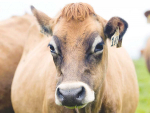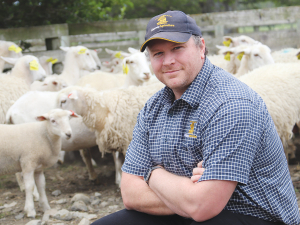Thirty years ago who would have predicted that one of the many spin-offs of ‘Globalisation’ was the evolution of the kiwi palate?
New Zealanders’ tastebuds back then were confined to the staple diet of ‘meat-and-three-vege’ whereas over more recent times they have been bathing in a ‘sea of spice’ and ‘high octane’ craft beers (how the mind boggles!).
To a lesser extent, down on the farm the same phenomenon has taken place. The vast majority of NZ cows once, content with a basic diet of ryegrass and clover, now also have access to a wide selection of feeds coming from left over by-products of the food and bioethanol industries.
Both the abundance of these feeds and their adoption into ‘mainstream’ farming systems has enabled widespread intensification of the industry, especially in the past 10 – 15 years.
The extent of this trend can be quantified in data obtained from DairyNZ. Their figures showing from the 2000/2001 season to the 2013/2014 season, the percentage of medium to high input systems grew from 30% to 70% (at the expense of low input systems). This supports the fact that a significant percentage of the New Zealand industry is now reliant on these by- products to provide dairy cows with adequate nutrition.
While intensification of farming systems has proven very successful in terms of reducing the impact of traditional challenges faced by farmers, like managing feed deficits, the move towards greater intensification has brought about another set of challenges.
One such challenge will be faced next season by farmers who have used a significant proportion of PKE. To lessen the detrimental effect of oil rich PKE on the Fatty Evaluation Index (FEI), PKE will need to be replaced by alternatives especially towards the end of lactation, a time of the year where lesser amounts of PKE appear to have greater influence of the FEI.
The basic rule of supply and demand therefore spells higher prices of these alternatives going forward! Already we are seeing an ‘upswing’ in the price of maize silage of approximately 20% relative to this time last year.
Based on this fact we are urging farmers to get organised sooner than they normally would. Employing an ad-hoc ‘wait and see’ approach, where farmers start shopping around for prices at the beginning of the season, may not coincide with the bottom of the market as it has in the past.
On this basis, being proactive by assessing and securing next seasons feed requirements early makes good sense.
To ensure your cows thrive and your bank manager keeps smiling, help with feed selection is best sought through your farm advisor, nutritionist or veterinarian.
• Greg Jarratt is a vet and director of Matamata Veterinary Services
This article brought to you by J. Swap Stockfoods

















